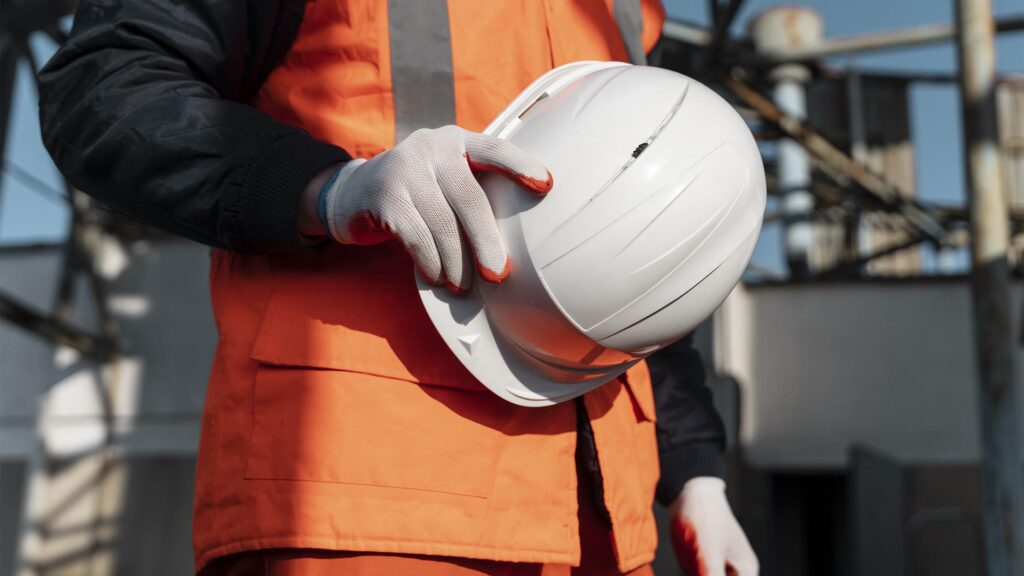How to Avoid Common Dangers in Handling and Securing Loads
Handling and securing loads is a process involving multiple steps, and while many workers may be familiar with basic techniques, common dangers are often overlooked, leading to serious accidents. This tip focuses on the most common risks and how to avoid them to maintain a safe working environment.
Risk of Overloading
One of the most frequent mistakes is overloading lifting or securing equipment. Every piece of equipment has a maximum load capacity, or “Safe Working Load” (SWL), which must be respected at all times. Overloading equipment can lead to failures in chains, slings, or cranes, endangering workers and damaging property.
Incorrect Use of Equipment
Misusing equipment is another recurrent issue. Workers may use shackles, slings, or pulleys incorrectly, either due to a lack of knowledge or trying to save time. Improper use can weaken the equipment or cause permanent damage.
Improper Manual Handling
While machines and lifting devices do most of the heavy lifting, manual handling remains an integral part of many tasks. Lifting incorrectly can cause severe injuries, such as hernias or back problems.
Environmental Conditions
The environment in which you work can increase risks. Factors like weather, terrain, or poor lighting can complicate load handling. Uneven or slippery ground can cause falls, while rain or wind can make loads harder to control.
Lack of Proper Communication
A lack of clear communication between team members can create confusion and accidents. This is especially critical when handling large loads that may obstruct the view or when working with heavy machinery.
Not Regularly Inspecting Equipment
Lifting and securing equipment can wear out over time. Not inspecting equipment regularly can lead to it being used when it’s no longer in optimal condition, increasing the risk of accidents.
Conclusion
Avoiding common dangers in load handling and securing not only protects workers but also ensures the efficiency and success of operations. The key lies in a combination of proper training, constant inspection, and effective communication. Follow these steps to minimize risks and create a much safer working environment.

